Popular games for platform Sharp MZ-2200
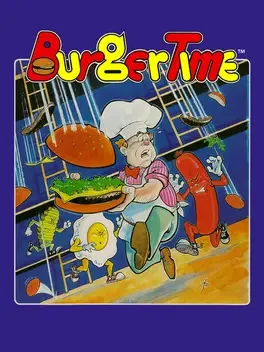
BurgerTime is a 1982 arcade game created by Data East for its DECO Cassette System. The game's original title, Hamburger, was changed to BurgerTime before its introduction to the US. The player is chef Peter Pepper, who must walk over hamburger ingredients located across a maze of platforms while avoiding pursuing characters. The game was popular in arcades. In the US, Data East USA licensed BurgerTime for distribution by Bally Midway. The Data East and Midway versions are distinguished by the manufacturer's name on the title screen and by the marquee and cabinet artworks.
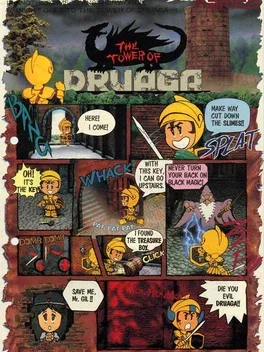
The story still's the same: Ishtar sends Gilgamesh up the 60 maze levels of the Druaga's tower to rescue Ki and retrieve the Blue Crystal Rod. He must find each level's key to proceed to the next one.
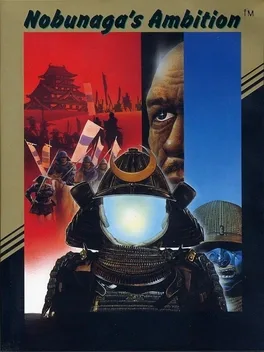
The second game in the series, previously released as Nobunaga's Ambition in the West. Players take on the role of one of the main characters of the period, Nobunaga Oda, Shingen Takeda, Kenshin Uesugi, or others and try to unite the 50 kingdoms of Japan, from Ezo in the north to Kyushu in the south, under their own rule.
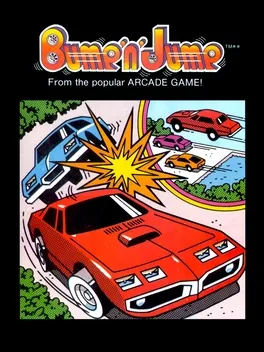
Bump 'n' Jump is an overhead-view vehicular combat game developed by Data East and originally released in Japan as "Burnin' Rubber". The arcade version was available as both a dedicated board and as part of Data East's DECO Cassette System. It was distributed in North America by Bally Midway. The goal is to drive to the end of a level while bumping enemy vehicles into the sides of the track and jumping over large obstacles such as bodies of water. The arcade game was a commercial success in Japan and North America. The game was ported to the Atari 2600, Intellivision, ColecoVision, Nintendo Entertainment System, and Sharp X1. The Famicom version of Burnin' Rubber was published as "Buggy Popper" in Japan in 1986.
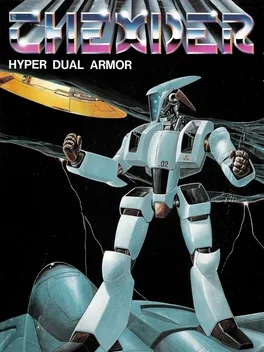
Thexder is a robot capable of transforming into a jet whose job is to destroy the central computer to save the planet.15 stages are waiting you for in this shooting game.
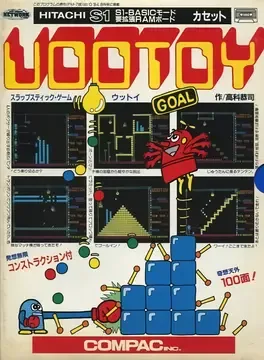
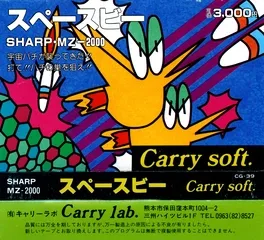
Space Bees have attacked! Hit! Aim for the beehive!
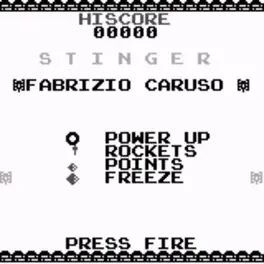
Stinger is a tank-shooter with several enemies, levels, power-ups and items to pick.
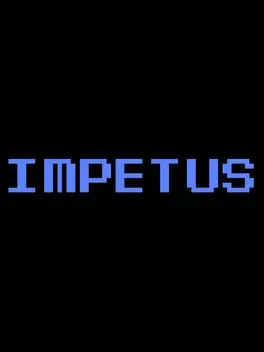
A vertically scrolling shooter developed by Inofuto for a variety of systems.
It’s the year 2199 and your ship has been caught in a batch of strong magnetic storms and has somehow wound up near a black hole that is spewing robotic spiders and other insect-like creatures that are now attacking your ship. Programmed by Toshiyuki Sasagawa, who would go onto write music for many popular Hudson Soft games.
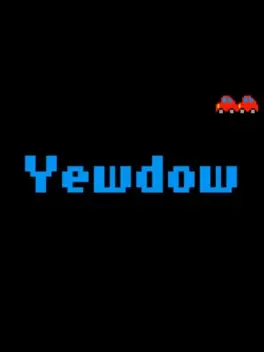
Place the arrow, change the direction of the car, and pass all the flags to clear the game. If the car goes off-screen or hits a rock, it is a failure. If the car hits a wall, it will flip, but the wall will disappear.
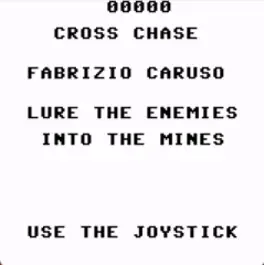
Chase is somehow similar to Gnome Robots but in real-time game and with several items and power-ups.
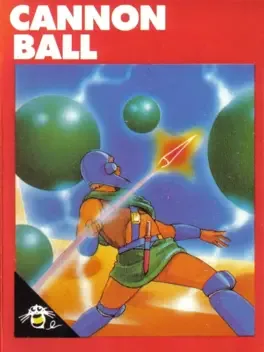
You are the Cannon Man and you have to shoot the bouncing ball. When you hit the ball it will fall apart in two or three smaller balls and If you hit those smaller balls, they will also fall apart into two or three smaller balls. And if you hit the smallest balls again they will disappear. The gameplay is straightforward, you can only move from left to right and can shoot straight up. Don't get hit by the bouncing balls!.
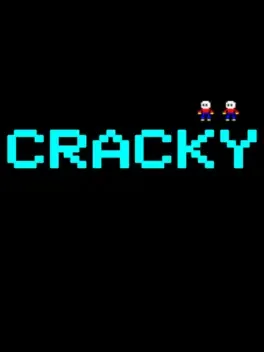
The game is cleared when all the stars are taken. The cracked floor disappears when you pass over it, so you can only pass through it once.
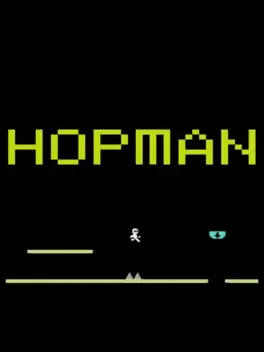
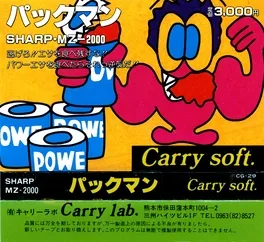
Basic Pac-Man clone for the Sharp MZ-2000 series of computers.
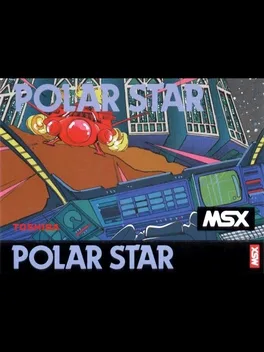
A sink of shear hatred, violence and deadly weapons is the blazing hell you find yourself in under the Polar Star. A frosty scenery, for action that couldn't be hotter!
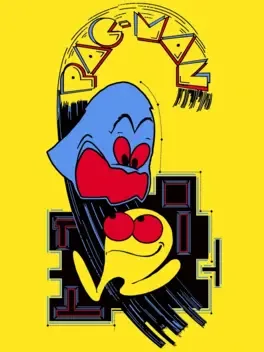
A port for Sharp MZ-2200
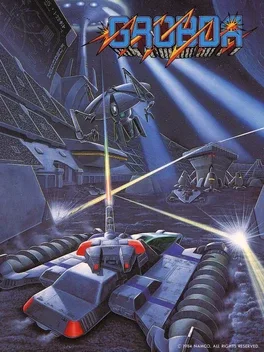
The player must take control of Grobda, a tank trapped in an arena filled with numerous indestructible obstacles and several enemy tanks. When an enemy tank is killed, it will cause an explosion, and any other enemies that happen to be in the blast radius at the time will also suffer the same fate. But if Grobda is too close to the explosion, it will also be killed. Grobda has a shield that offers very temporary protection from enemy fire, but this will soon disappear if it is constantly under attack or shot. Each round is called a "battling", and there are a total of ninety-nine in the game.

Sharp MZ-2200 port of Flicky, this port benefits from the MZ series high-resolution capabilities and large color palettes.
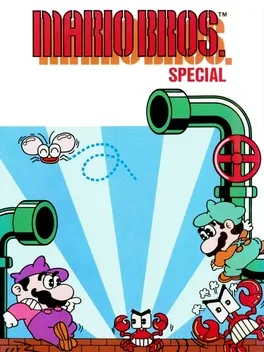
Mario Bros. Special is a game developed by Hudson Soft. Like Punch Ball Mario Bros., the game is not a straight port of Mario Bros, but more of a sequel. It has adjustments to the game's graphics and sounds and even a bonus timer.

Shuriken is somehow inspired by Pac-man and Pengo.
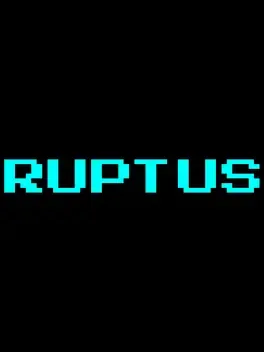
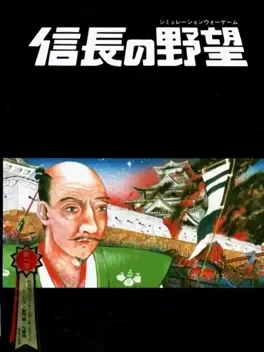
Nobunaga's Ambition, the first of the series, was released in 1983. Players assume the mantle of either Nobunaga Oda or Shingen Takeda and strive to conquer the entire land (17 areas in the Kansai and central Japan region). They manage their country to make it rich, then prepare their military forces. These then attack and defeat surrounding Clans in battle.